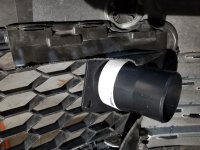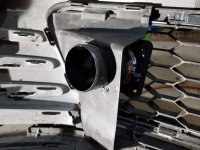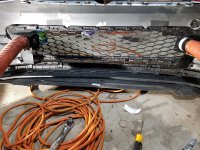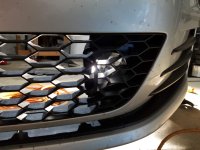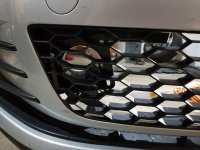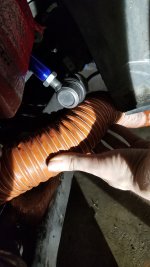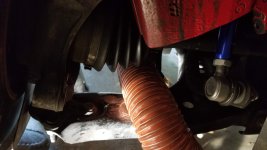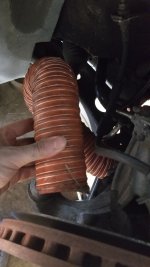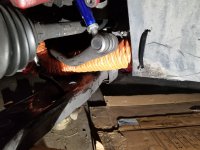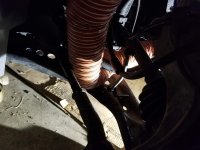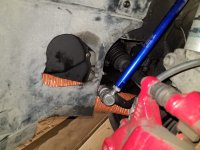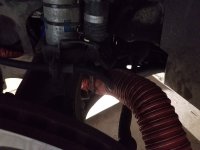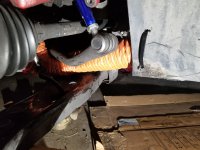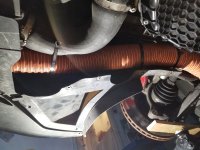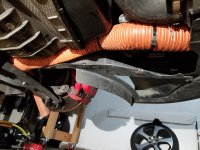DerHase
Autocross Champion
- Location
- Hampton Roads, VA
- Car(s)
- 2019 GTI Rabbit
I'd 100% go for an in-tank solution over a large volume of fuel in the hatch (having to lose hatch space if the car is still street-driven + build a firewall/containment) or under hood (fire risk).
While I'm not running IS38 power to make the fuel system borderline - I have gotten in the habit of just tossing 5 gal of fuel in the tank after every track session. I bought some VP fuel jugs that I bring to the track. Also saves a ton over the $$$ VIR pumps, at least for the first day (though you could go off-site and buy more to save money for day 2).
While I'm not running IS38 power to make the fuel system borderline - I have gotten in the habit of just tossing 5 gal of fuel in the tank after every track session. I bought some VP fuel jugs that I bring to the track. Also saves a ton over the $$$ VIR pumps, at least for the first day (though you could go off-site and buy more to save money for day 2).
